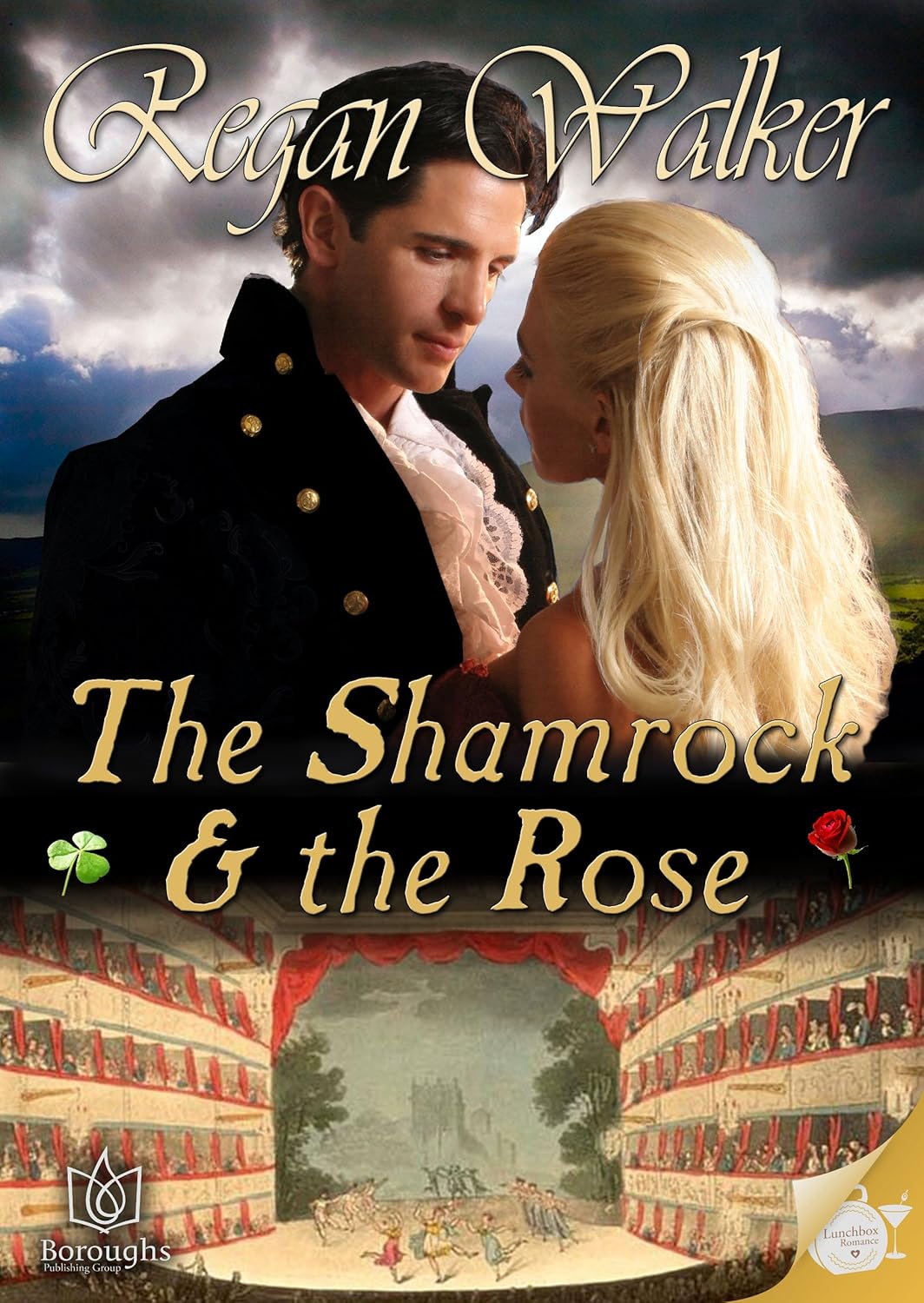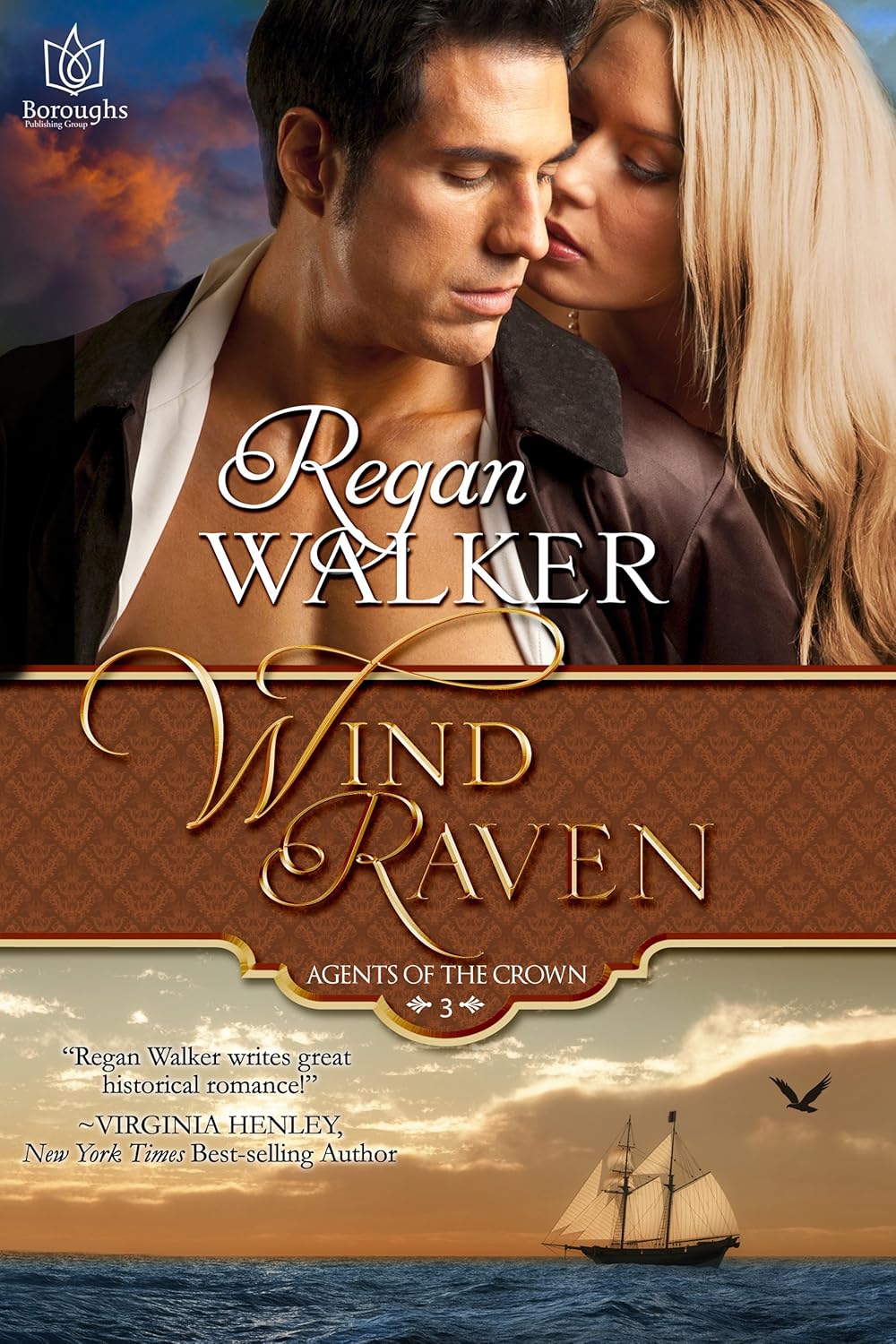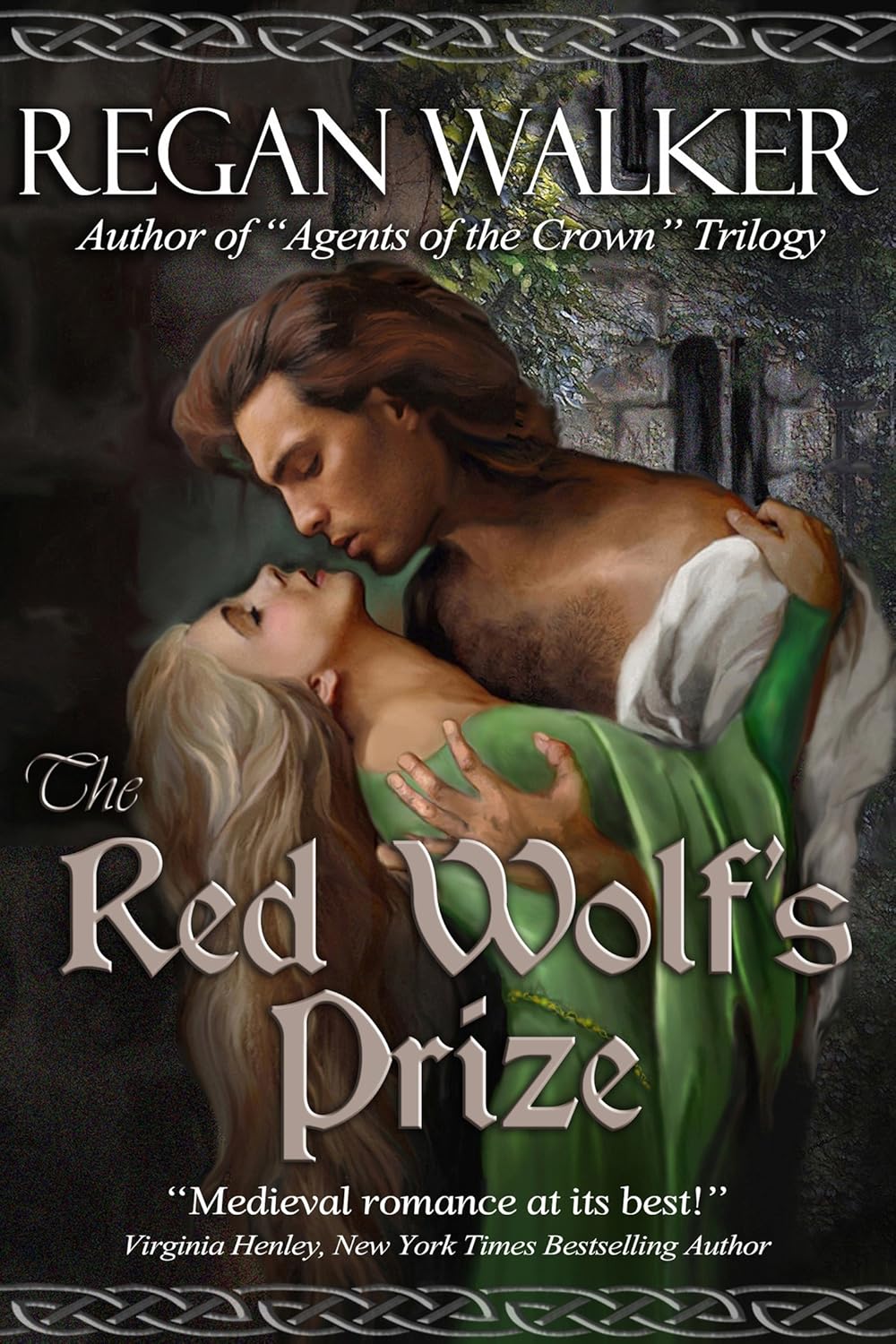___________________________
Treated as Murder, is set
in the Yorkshire village of Ellbeck in 1931.
Edith Horton, a former VAD,
lives with her brother, Archie Horton, a local doctor. This living arrangement
has continued since after the war, though neither sibling is completely happy.
Archie, who lost his wife during the war, has a secret gambling habit.
Edith lost her fiancé in
WW1. Her friend, Julia (whose fiancé returned from the war) lives in a nearby
village with her family.
At the beginning of the
story Edith is a patient in a psychiatric hospital, following a breakdown. This
was caused in part by a failed relationship, in part because her life has
become stagnant, since the war and the death of her fiance.
Anonymous letters have been
received by several local people. One of these was sent to the police and
accused Archie Horton of deliberately killing a former wealthy patient of his,
Elizabeth Butler, (who left him a legacy). Elizabeth, the widow of a wealthy America,
had two grown-up step-children, Roderick and Caroline.
A letter was also received
by Dorothea Arbuthnot. The Arbuthnots, Arthur and Dorothea lost two sons in
WW1. They have a daughter, Helena. In their past is a secret which is the
catalyst for the whole story of the novel.
The two police officers
involved throughout the novel are Chief Inspector Greene and Sergeant Bill
Brown.
As we follow Edith’s time
in the psychiatric hospital, we also follow the story of another woman, Esther
Kirk, a housemaid, who several years before was also sent to a similar
hospital, following a breakdown and a suicide attempt. This followed her
pregnancy and the birth of her son. The father of the child was Arthur
Arbuthnot who had been her employer at the time. Following Esther’s admission
to hospital, to prevent the child being given up for adoption, Dorothea
Arbuthnot agreed to bring the child up as her own. He was one of the sons who
was killed in WW1. Esther Kirk recovered to a certain extent and was eventually
discharged from the hospital. She was devastated at her son’s death and holds
the Arbutnots responsible. She now works in Ellbeck as a housekeeper – she
worked for Mrs Elizabeth Butler, the victim. She is the author of the anonymous
letters. She has a grudge against Archie Horton, as his father, (also a GP) was
responsible – in her eyes, for her incarceration in a mental hospital.
When the connection is made
and the past comes to light, it appears that the mystery of Mrs Butler’s death
is solved. However, in a twist at the end of the story, it emerges that Esther
Kirk was not the murderer of Elizabeth Butler. Elizabeth was killed by her
step-daughter, for a financial motive.
The story ends with Edith,
the heroine also coming to terms with her breakdown and ready to move forwards,
perhaps one day with Henry Wilkes (the local vicar) and perhaps forward to have
further adventures with him.















